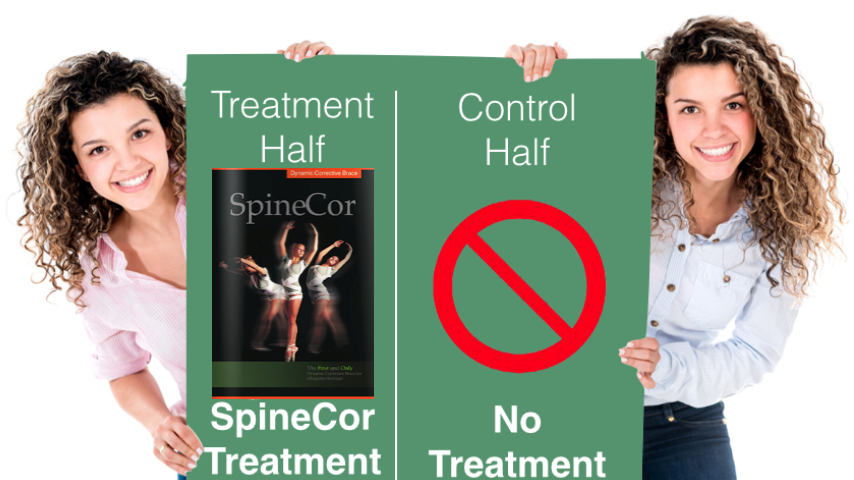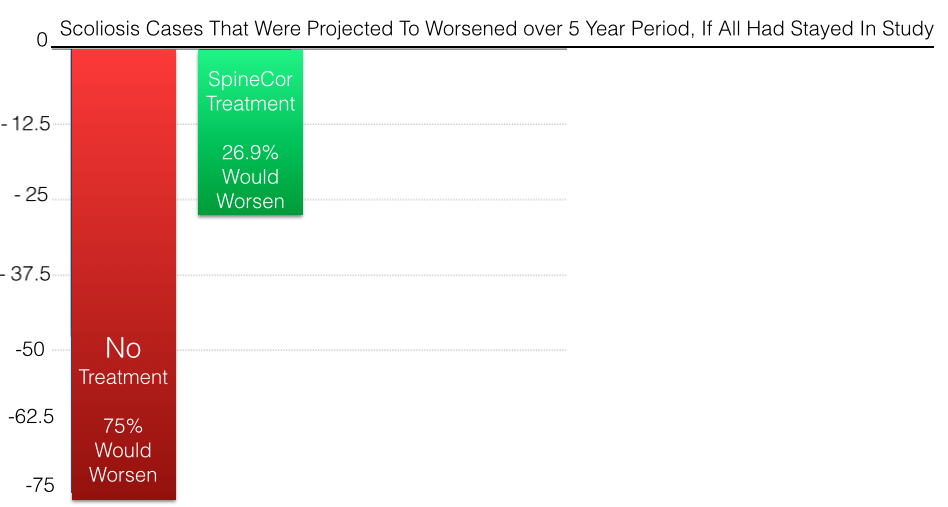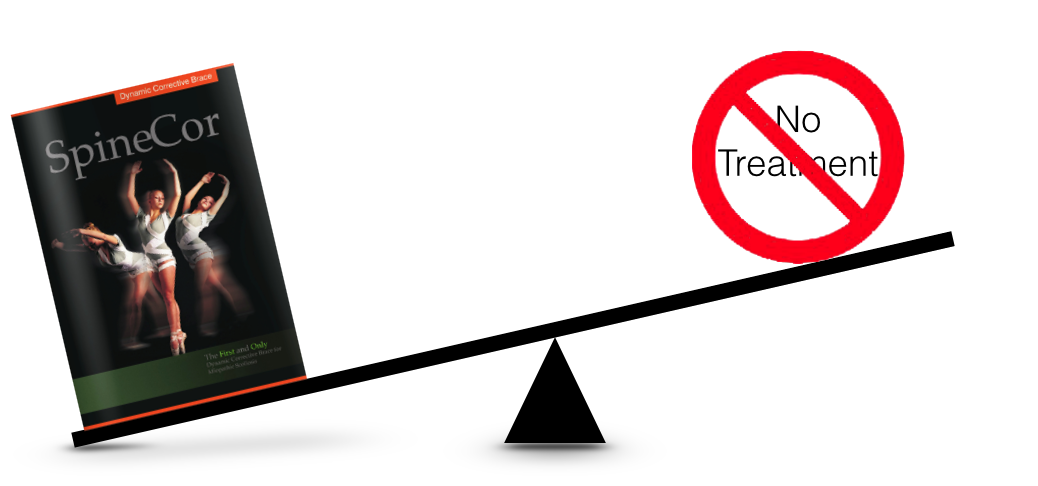Canadian Scoliosis Research Study On Natural Progression
The most common conventional medical recommendation for a child’s scoliosis is to tell the parents to simply “watch & wait” and see if it gets any worse before they consider starting any treatment.
But is this really a good idea?
The basis of this recommendation for “no treatment” is the assumption that the natural progression of your child’s scoliosis is probably not going to be significant.
But is this a safe assumption?
A group of Canadian scoliosis researchers sought out to examine this question.
The research study was lead by two prominent orthopedic surgeons, Dr. Christine Coillard and Dr. Charles Rivard at Sainte-Justine University Children’s Hospital Research Centre in Montreal, Canada.
The study showed that in at least half the cases of scoliosis they examined that assumption was not correct.
In this study the researchers examined 68 teens who had been diagnosed with scoliosis with starting curves between 15° to 30° and who also had a high risk for progressive scoliosis.

A child is considered to be at high risk if they had any of the following risk factors:
- A family history of scoliosis
- early onset of a curve
- late onset of puberty
- they have already shown some progression in their curves
Half the participants were placed in the Treatment Group that underwent SpineCor bracing the other half in the Control Group that did not receive treatment for their scoliosis, instead just “watched & waited”.

The researchers evaluated the differences in outcomes between the natural progression of scoliosis in children in the study who went without treatment vs those who had undergone SpineCor treatment.
Researchers evaluated the differences in outcomes over a 5 year period between the natural progression of scoliosis for those who went without treatment vs. those who were place in a SpineCor brace.
At the end of the 5 year study , 50% of the SpineCor Group had improvement in their curves compared to only 9.5% in the control population.

On the other end of the spectrum, the untreated group had nearly double the rate of scoliosis progression vs. the SpineCor treated group.

In fact, many patients in the control group had an initial progression of more than 5° that they had to be removed from the study and provided with treatment.
An extrapolation of the data showed that if those patients had continued in the study progression in the control group would have be around 75%, nearly triple the rate of SpineCor treated patients.

The SpineCor results appear to stay maintained over the long term, with 73.1% of patients continued to have stabilized or reduced their curves after stopping treatment.
This study showed that the natural progression of scoliosis, if left untreated is around 50% in this population of patients.
While those treated with the SpineCor brace were able to significantly reduce the probability of the progression, 73.1% of the time in early idiopathic scoliosis compared with its natural history.
The study clearly showed that for children with these risk factors the natural progression of their scoliosis are likely worsen if no intervention is provided.
It also concluded that SpineCor is an effective treatment for adolescent idiopathic scoliosis with long- term positive outcomes that is best provided as early on as possible, when the scoliosis is most correctable.



had my surgery in 1966-we did not have choices then-however I have never doubted having the correction I have two Harrington rods put in by Dr John Hall in Toronto and I have never had any problems. I do what I want, wear what I want and live a real full life
I wonder why these conclusions are being drawn from such a small sample size. It seems to me given how individual outcomes seem to be and that the diagnosis and condition is unfortunately not uncommon that a larger sample size would have provided more conclusive results.
Peter, Certainly a larger sample size is preferable for the reason you mention, but when you are talking about gathering a large sample in a very small niche like non-surgical scoliosis treatment, it’s difficult to gather an extremely large sample size for a study.
I have experience with Idiopathic Scoliosis , 60 cob angel ( c curve ) . it was reduced to 50 cob angel with the treatment of oil therapy ( Pancha karma treatment in Auruweda ) with wearing brace for 3 years. Swimming is the best exercise for this.
Hi my brother is 19 years old scoliosis patient .He is in very high pain please help in my brother pain
I’m 55 and just found out I have scoliosis along with everything that comes with it being left untreated all my life. I use a walker at home a cane in public or if it requires any walking a wheelchair. The only other option I have is rods down the length of my spine to straighten it. I’m scared of that and the recovery time. Looking for any information that might help ease the daily pain without drugs.
Carla,
Sorry for the delay in my reply. Surgery should be your absolute last option and if you haven’t tried alternative treatment yet, then I don’t think you should consider it until you’ve at least explored other options.
I’d recommend you look into SpineCor and the Schroth for getting relief in your pain.
Here are some links to look at for each.
https://scoliosistreatmentalternatives.com/5835/spinecors-unique-approach-to-scoliosis-brace-treatment/
https://scoliosistreatmentalternatives.com/1595/schroth-method-for-scoliosis/
You may want to also consider using some walking polls instead of a can or a walker. You can get them at most good Sporting good stores near the walking shoe section. They will help you stay more upright, compared to a cane and a walker that tend to cause you to bend more forward use. That should also help you with your pain and postural collapse.
Dr. Brett Diaz, D.C.
Scoliosis Care Centers
Adult Scoliosis Treatment Program
[email protected]
1 (833) 557 – 2654